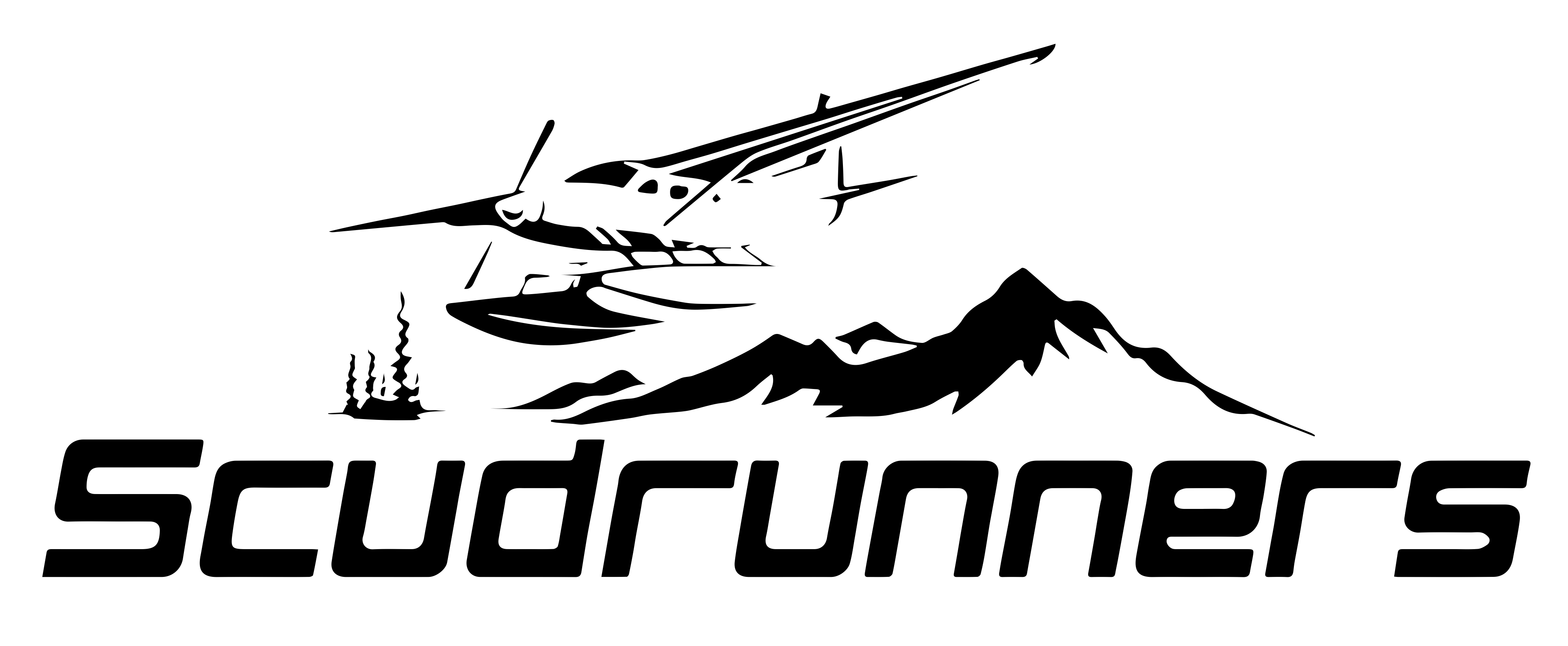TwinOtterFan wrote: Tue Feb 01, 2022 9:49 pm
digits wrote: Tue Feb 01, 2022 6:45 pm
TwinOtterFan wrote: Tue Feb 01, 2022 5:19 pm
I think the car analogy although technically not completely accurate does convey some good info, it at least gets the ball rolling on relating high and low gears to fine and course props and how they affect engine loading.
Whatever helps you to understand of course.
If you can answer the following questions, you probably understand the constant speed props pretty well:
1) In cruise, what happens when you increase the throttle but don't touch the RPM lever?
2) In cruise, what will eventually happen when you decrease the throttle to idle but don't touch the RPM lever?
3) If your RPM lever has a low setting for cruise, and you decide to go full throttle at low altitude without moving the RPM lever, what will happen to the RPM?
4) Same question as 3), but this time at altitude. Will there likely be a difference? Yes or no?
5) On the ground, why does the RPM vary if you move the throttle for taxi?
6) What changes the propeller blade angle?
7) What would (likely) happen to your prop in a single engine non-aerobatic airplane if you lose oil pressure in the governor (note, might vary per airplane type)?
I'll give this a go,
1) an increase in MP as it is getting closer to ambient, with no change in RPM as it is constant? So the prop will become more course?
2) As you close the throttle you will eventually end up around 10-12 MP and the prop will continue to go "fine" trying to maintain the requested RPM until it hits the fine stops?
3) MP to ambient so 29ish if I am near SL, the engine now having lots of fuel and air would want to spin faster so would the RPM increase while the prop tries to go course and keep it at the set RPM?
4) I would assume less available power so same response but not as high?
5) on the ground at idle the prop is sitting on the fine stops, so an increase in throttle will increase the speed of the prop until it reaches a state of overspeed and adjust? essentially it is fixed pitch until fast enough?
6) engine oil through a governor using fly weights and a spring that push or allow a return of oil from the prop to change the pitch, the spring in the governor is set off of the prop lever.
7) I'm not sure, I assume what is safest? like default to the best pitch for that aircraft? like a similar fixed pitch prop?
the mechanics of the prop and governor make sense, I just see to be having trouble picturing the MP, it almost seems like sometimes it is pressure, other times its vacuum?
1. Correct
2. Yes, the prop will go fully fine trying to maintain the requested RPM. At a certain point, you will not be able to maintain the rpm (when the prop is full fine) and the rm will starts to decrease. Just like taxiing on the ground. You're basically flying a fixed pitch prop at that point with a very fine setting (= good for climbing, slow for cruise).
This is normal behaviour, and does not harm the engine/prop.
3. The prop goes to maximum coarse angle (without feathering, that's a special case), and then the rpm will increase as the extra power coming from the engine has to go somewhere. This is hard on the engine, and is to be avoided in most (all?) airplanes. In this situation, the correct sequence of events is to increase the rpm first ,before adding more throttle.
4. Correct, you will end up with less power, so less chance that you would get to full coarse. Just because you can go full throttle at 2300 rpm at 10 000 ft, doesn't mean you can do that at 2000 ft.
5. Pretty much. It will keep accelerating until it reaches the requested rpm set by the rpm lever. On the ground that is usually full forward, which means you will/should get maximum engine rpm before the prop starts moving to coarse (during the takeoff roll)
6. Yes, it's basically a balance between aerodynamic forces and oil pressure
7. Whatever way your aerodynamic force is working, is the way the prop will turn. You will have lost your oil pressure. So generally it's either full fine or (close to) feather. Twins are built to go to full coarse and expect you to shut the engine down if necessary, as you have a second engine. Singles usually go full fine. You'd have to throttle back to prevent an overspeed, but at least your engine still works. Aerobatic engines tend to go to full coarse as well, otherwise if you go full fine at extreme speeds, the engine would get damaged due to the crazy rpms.



